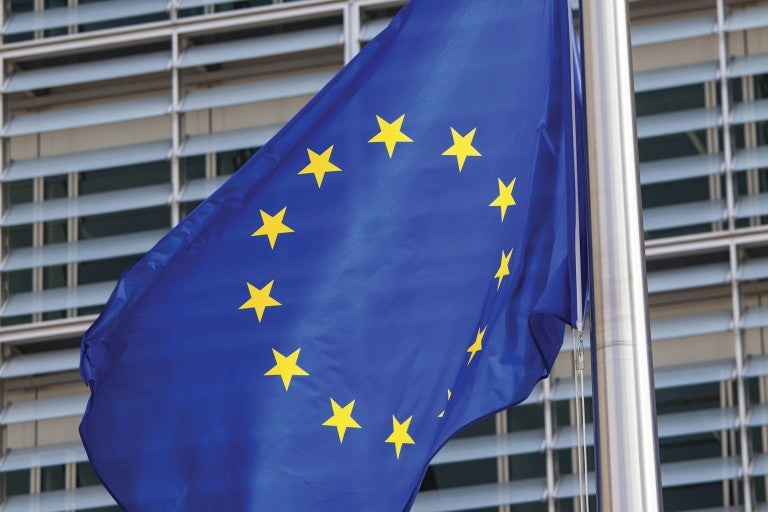March 9, 2023
Passover, one of the most important Jewish holidays of the year, marks the emancipation of the Israelites from slavery in ancient Egypt. For a whole week, Jews observe the festival with a number of interesting and unusual rituals, including the removal of all leavened products from the home, the eating of Matzah instead of bread, and participating in the traditional Passover ritual meal known as a Seder.
HOW MUCH DO YOU KNOW ABOUT PASSOVER? TAKE THE QUIZ
The Seder is one of the most widely celebrated Jewish rituals of the year. Families and friends gather together to retell and reenact the story of the Israelites escaping slavery in Egypt. Every family has its own customs and the Seder is usually a wonderful time to connect to others and reflect on some important themes, such as slavery, oppression, the meaning of freedom, adversity, and resilience – and for each person to see themselves as if they personally were liberated from Egypt.
What happened in Egypt? As the book of Exodus relates: After generations of the Children of Israel living peacefully in Egypt, a new Pharaoh took power and began to see them as a threat. Pharaoh forced them into slavery, and decreed that every son born to the Hebrews should be drowned in the Nile. One baby, named Moses is saved and adopted by Pharaoh’s daughter. When he reaches adulthood, Moses becomes aware of his true identity and the Egyptians’ brutal treatment of his fellow Hebrews. He’s told by God to command Pharaoh to let the Jews go. When Pharaoh refuses, God unleashes 10 plagues on the Egyptians, culminating in the tenth and final plague: God passes through the land of Egypt and strikes down the firstborn of every household. But the Jews were told to mark their doors with the blood of a lamb they’ve sacrificed — the Passover offering — and so God “passes over” their homes. Terrified of further punishment, the Egyptians convince their ruler to release the Israelites, and Moses leads the Israelites out of Egypt. Pharaoh changes his mind, however, and sends his soldiers to retrieve the former slaves. The ensuing chase ends up with Moses being trapped in front of the Red Sea, before it’s parted by God for the Jews to cross — the act of divine intervention that finally leads them to freedom, and, after forty years in the desert, to the land of Israel.
Each year, I like buying a different kind of Haggadah so as to look at the story from a fresh eye and a different perspective. This is a French one that my parents like to use and which, as you can see, has matzo crumbs and charoset all over, illustrating its own lived experience; this one was given to me by leaders of a Greek Jewish community in Salonica and the text is written in Ladino, Greek, and Hebrew; this one recalls the story with a particular emphasis on civil rights and the importance of welcoming others in our midst. Some have wonderful art and poetry, and others are just playful and fun, like this Harry Potter Haggadah. There are so many to choose from! Everyone has their unique lens that shapes their narrative of freedom.
May you all have a wonderful Passover that is filled with a sense of personal and collective liberation! Chag Sameach!



